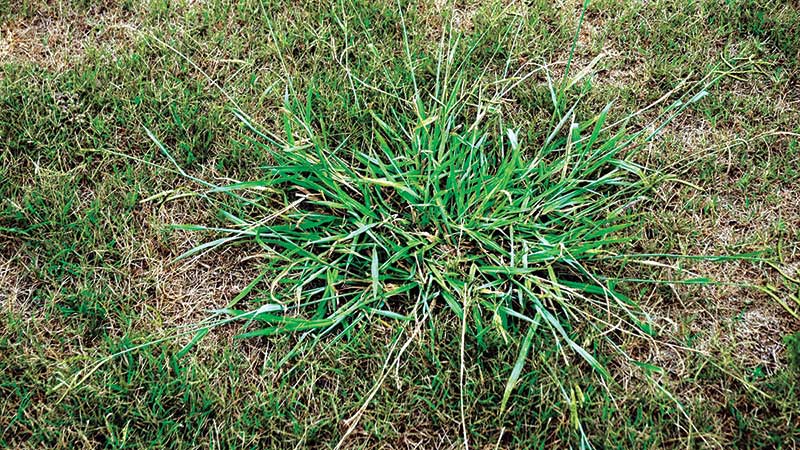Landscape Management has covered dallisgrass several times this year, which is why we want to see if you’ve been paying attention. Take the quiz below and click here to see how your answers stack up.

1. Dallisgrass is identified by ______________. (You may choose more than one.)
a. A narrow leaf blade
b. A wide leaf blade
c. Tall membranous ligule with long hairs around the collar
d. A leaf that tapers to a point
e. A uniform leaf width
f. Anyone at a Grateful Dead concert.
2. True or false: Dallisgrass is one of the most troublesome weeds in southern regions including the Transition Zone.
a. True
b. False
3. Dallisgrass prefers areas with ______________.
a. High moisture
b. Medium moisture
c. Low moisture
4. True or False: Dallisgrass has tall seed heads in the fall.
a. True
b. False
5. Which of the following cultural practices can lawn care operators employ to combat dallisgrass? (You may choose more than one.)
a. Interseeding cool-season lawns
b. Heavy watering
c. Increase mowing height
6. True or false: Only one application of chemical control is necessary to control dallisgrass.
a. True
b. False
7. True or false: Use only one active ingredient for increased control and reduced turfgrass injury potential.
a. True
b. False
8. What other turfgrass weed is dallisgrass often confused with?
a. Poa annua
b. Crabgrass
c. Nutsedge
d. White clover
e. None of these. Dallisgrass is easy to identify.
Sources: Eric Reasor, Ph.D., Southeast research scientist, PBI-Gordon Corp.; Aaron Hathaway, technical services manager, Nufarm Americas; Lane Tredway, technical services manager, Syngenta
Answer key: question 1: answer: b, c, d; question 2: answer: a; question 3: answer: a; question 4: answer: a; question 5: answer: a, c; question 6: answer: b; question 7: answer: b; question 8: answer: answer: b

